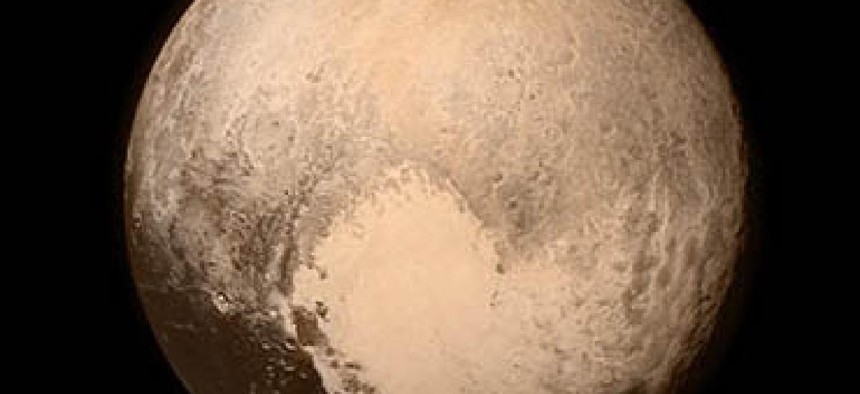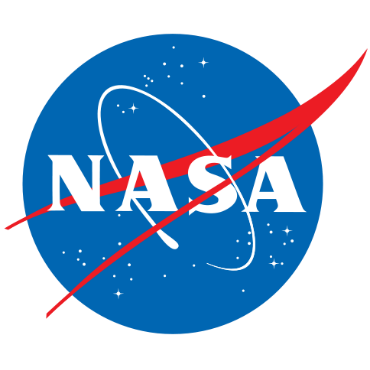Pluto flyby earned NASA social media gold

NASA tweeted up a storm, engaged openly tongue-in-cheek on Twitter and gave Instagram the first look at a historic moment in U.S. space exploration history.

On July 14, NASA visited the furthest edge of the solar system – and beamed the news directly to the American people in a way that demonstrated the agency’s social media savvy.
At 7:49 a.m. EDT Tuesday, the New Horizons spacecraft completed its 3 billion mile, 9 ½ year journey from Earth to Pluto when it flew within 7,700 miles of the dwarf planet at 31,000 miles per hour.
"This is truly a hallmark in human history," said John Grunsfeld, NASA's science mission chief. "It's been an incredible voyage."
NASA blasted the news through relatively old-fashioned RSS feeds – the agency has been touting the flyby for quite some time – as well as on Twitter and on TV, but a different medium got the picture early.
NASA’s platform choice for the debut of its first Pluto close-up image: Instagram, on which NASA posted a new Pluto picture around 7 a.m. (The widely publicized photo below, used to mark the flyby, was actually taken before New Horizons’ closest approach to Pluto; even more detailed images should be released July 15 as data from the flyby is transmitted from the craft to Earth, NASA officials said.)
“We made an editorial decision to give the world a sneak peek of the image on Instagram,” NASA social media manager John Yembrick told WIRED. “We feel it’s important to engage new audiences.”
On Twitter, NASA’s myriad Twitter accounts supported the news with videos about Pluto and banter with the U.S. Postal Service – no longer is Pluto the only unexplored planet in the solar system.
Bill Nye even got in on the action.
Flying By that Pluto! pic.twitter.com/QItRUmqeRB
— Bill Nye (@BillNye) July 14, 2015
And on Reddit, the troubled but still heavily visited online community, Pluto flyby-related posts occupied three of the top five user-voted slots on the site’s front page.
One of those posts was an “Ask Me Anything” session in which NASA scientists responded to questions – more than 2,300 poured in – from citizens curious about the $720 million mission and the images of Pluto it was producing.
“We frequently hear that public interest in space programs has steadily declined since the moon landing,” one user commented. “How does interest in today’s unmanned missions (such as New Horizons) compare to say something like the moon landing?”
“It's hard to make direct comparisons because the way the public can interact with the missions is so different now,” responded NASA program scientist Curt Niebur. “Does live coverage of an event on national TV in the 1960s equate with websites and twitter feeds updating minute by minute?”
Engagement online, Niebur said, brings citizens into the space program in a whole new way.
“What I really love about our planetary science missions is that the public can ride along with us, and we want you to join us,” Niebur wrote. “These missions are YOUR missions.”
The day seemed demonstrative of NASA’s practice of “pure public affairs” and embrace of social media that has served the space agency so well.


